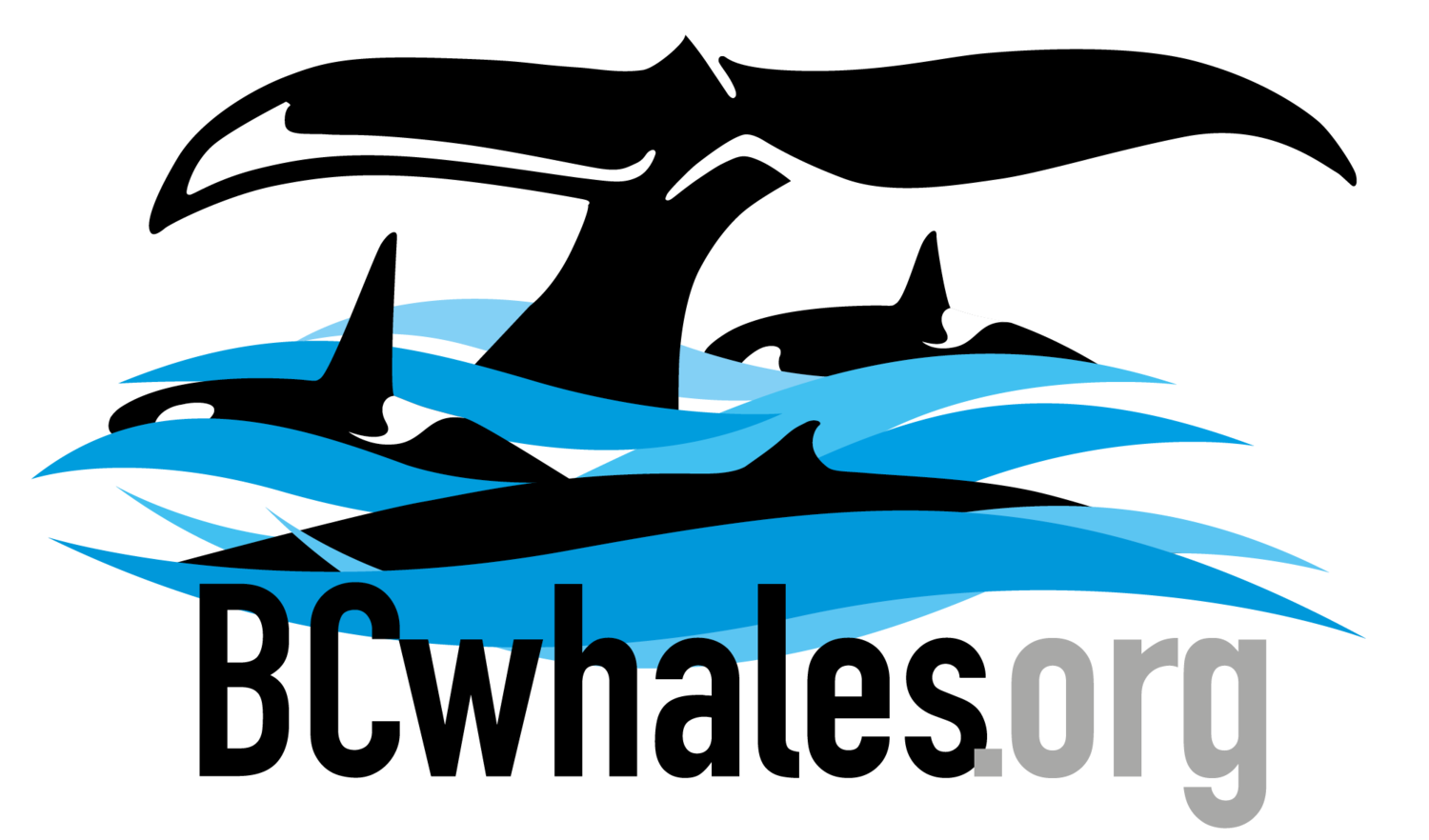Entanglement & Ship Strikes | Ocean Noise | Plastic Pollution
Ocean Noise
Life underwater is driven and determined by sensory cues. Light, temperature, salinity, and sound all play pivotal roles in guiding marine organisms through their life stages and determining what behaviours are most appropriate given their environmental surroundings. The perception and creation of sound is arguably the most important natural process controlling the dynamics of the undersea world. Sound, unlike light, can travel to and from the deepest reaches of the oceans and accomplish this at speeds far greater than on land. Indeed, sound is by and large the best and most efficient way to sense and map underwater landscapes and study many of the organisms found in each oceanic region. Not surprisingly, sound detection has evolved as the primary sense for countless species of marine fauna and is often more advanced than other sensory adaptations like vision.
The soundscape of marine ecosystems is complex and diverse, and sounds emanating from it are not exclusive to biotic life. Natural sounds created from abiotic sources like undersea earthquakes, volcanic eruptions, and even rain against the surface of the water can introduce changes to ambient noise levels. Following the industrial revolution, human activities have increasingly introduced incredible amounts of noise into an already cacophonous world. This is occurring both intentionally and unintentionally as nations and scientists work to understand and exploit the landscape and resources that lie beneath the waves. Noise from activities relating to construction, pile driving, dredging, sonar, nuclear testing, and all vessel movements introduce noise pollution into the aquatic realm and thereby threaten to interfere with natural biological processes and reduce acoustic signal propagation for marine organisms globally.
Whales, dolphins, and porpoises have evolved alongside all other marine species in an underwater world filled with natural sound. The world they evolved to exist in was not one of unnatural, anthropogenic sound sources. It is critical for us to recognize that modern human activities and the sounds that pollute the underwater soundscape as a result did not evolve in the same evolutionary timesteps as all other natural sound sources. As we understand it, the effects of noise pollution on marine mammals are far reaching and can be detrimental to their communication, reproduction, navigation, foraging, and physical health.
Explicit threats to whales in British Columbia from anthropogenic sound sources are largely related to vessel noise. As a vessel moves through the water, the majority of the sound that is created comes from its propeller. As the propeller spins, it creates bubbles. As the bubbles drop below the ambient pressure of the water, they burst and create a phenomenal amount of sound. The faster a propeller is spinning, the greater the pressure drop the bubbles will experience, and they will burst with greater force and create a louder sound. This is all additionally occurring over a wide range of frequencies, and means that one boat has the ability to flood its entire immediate soundscape with noise. This will decrease the distance any given whale is able to send its own acoustic signals (be it through echolocation or other call types) and behaviourally translates to more time expended travelling than actively foraging, and decreases the distance pods are able to maintain acoustic contact.
We at the North Coast Cetacean Society are dedicated to studying the elusive lives of whales and protecting their needs for continued quality of life along British Columbia’s coast. A key part of these efforts and our research is passively acoustically monitoring whale presence and habitat use of the marine soundscapes in the southern, central, and northern reaches of the province. Through collaborative efforts like the BC Coast-Wide Hydrophone Network we are collecting invaluable acoustic data to determine baseline ambient noise levels up and down the coast of British Columbia with the ultimate goal of using this information to inform conservation policy, identify areas of acoustic concern, and monitor changes to the acoustic landscape in the wake of new shipping routes or vessel activity.



